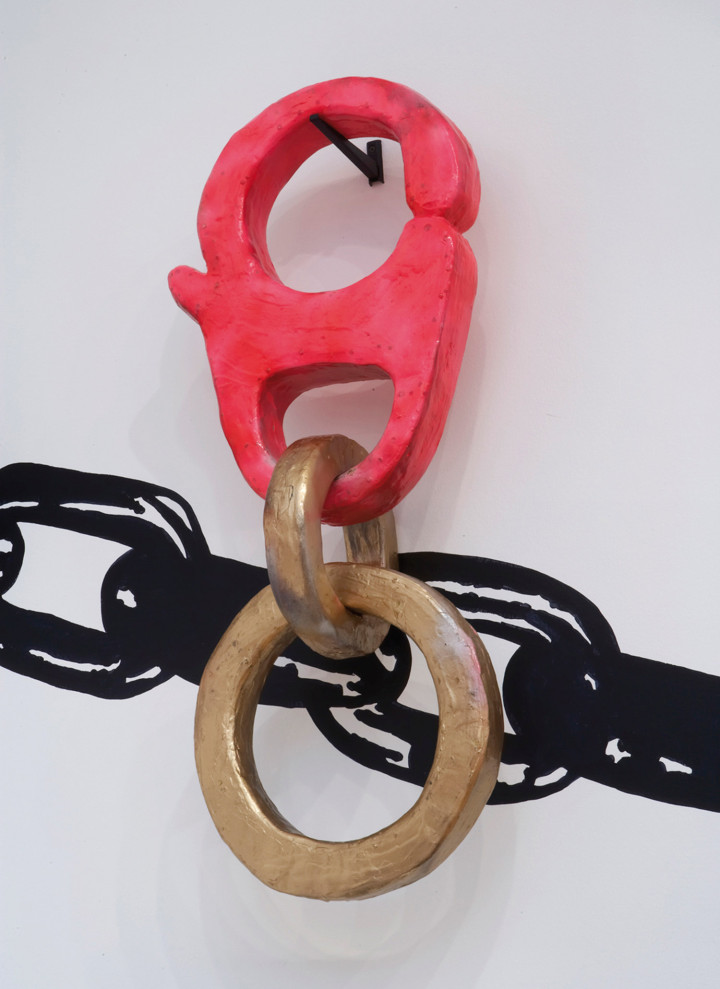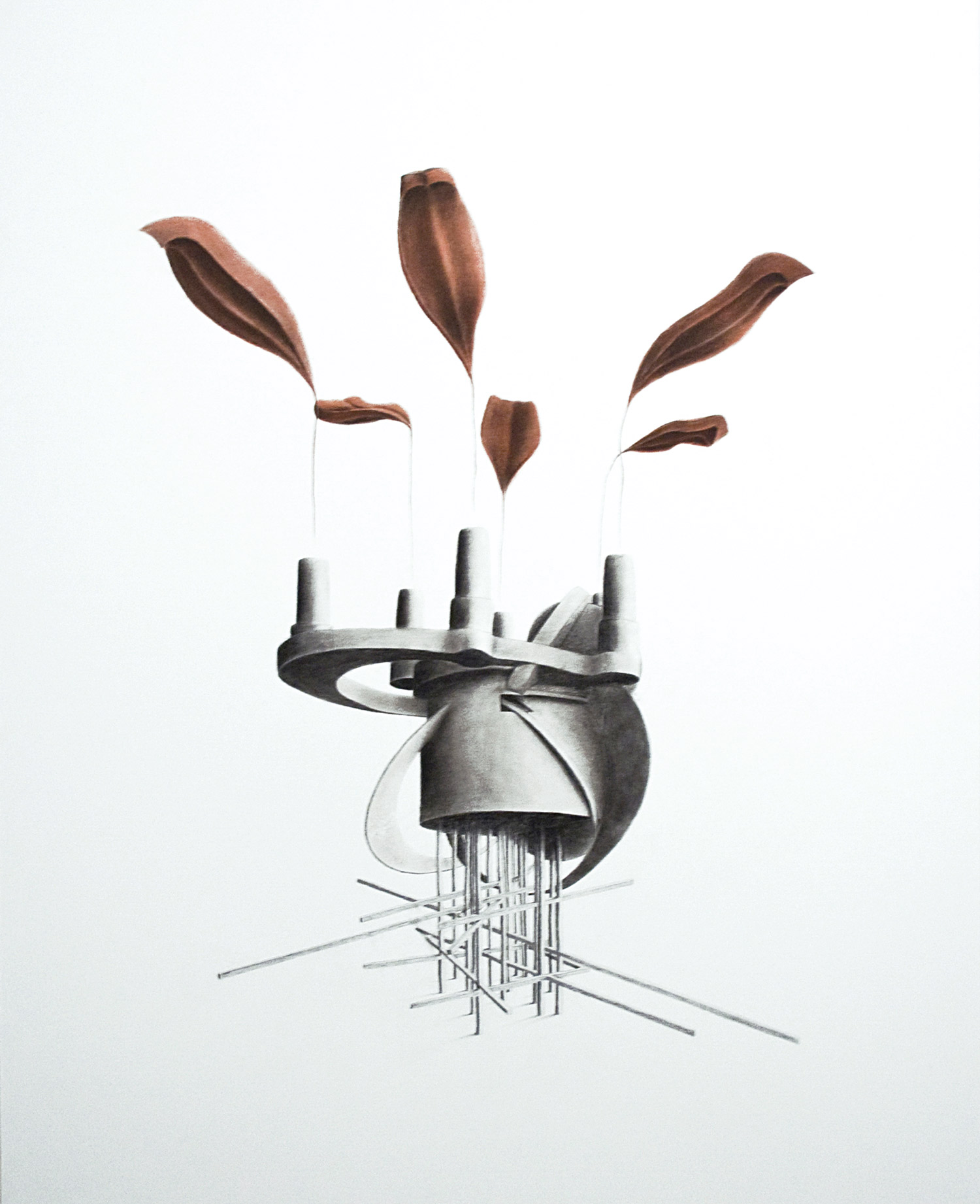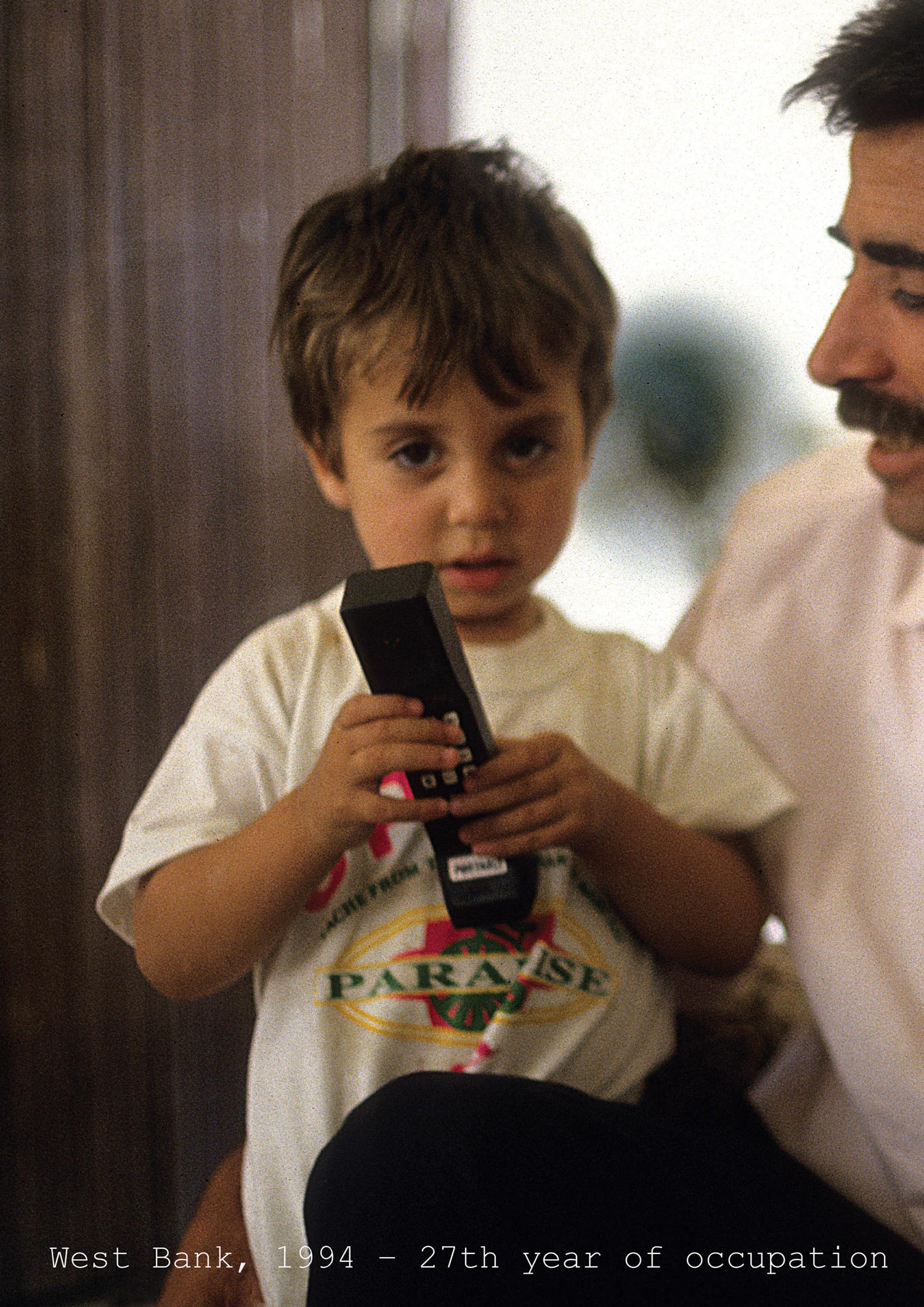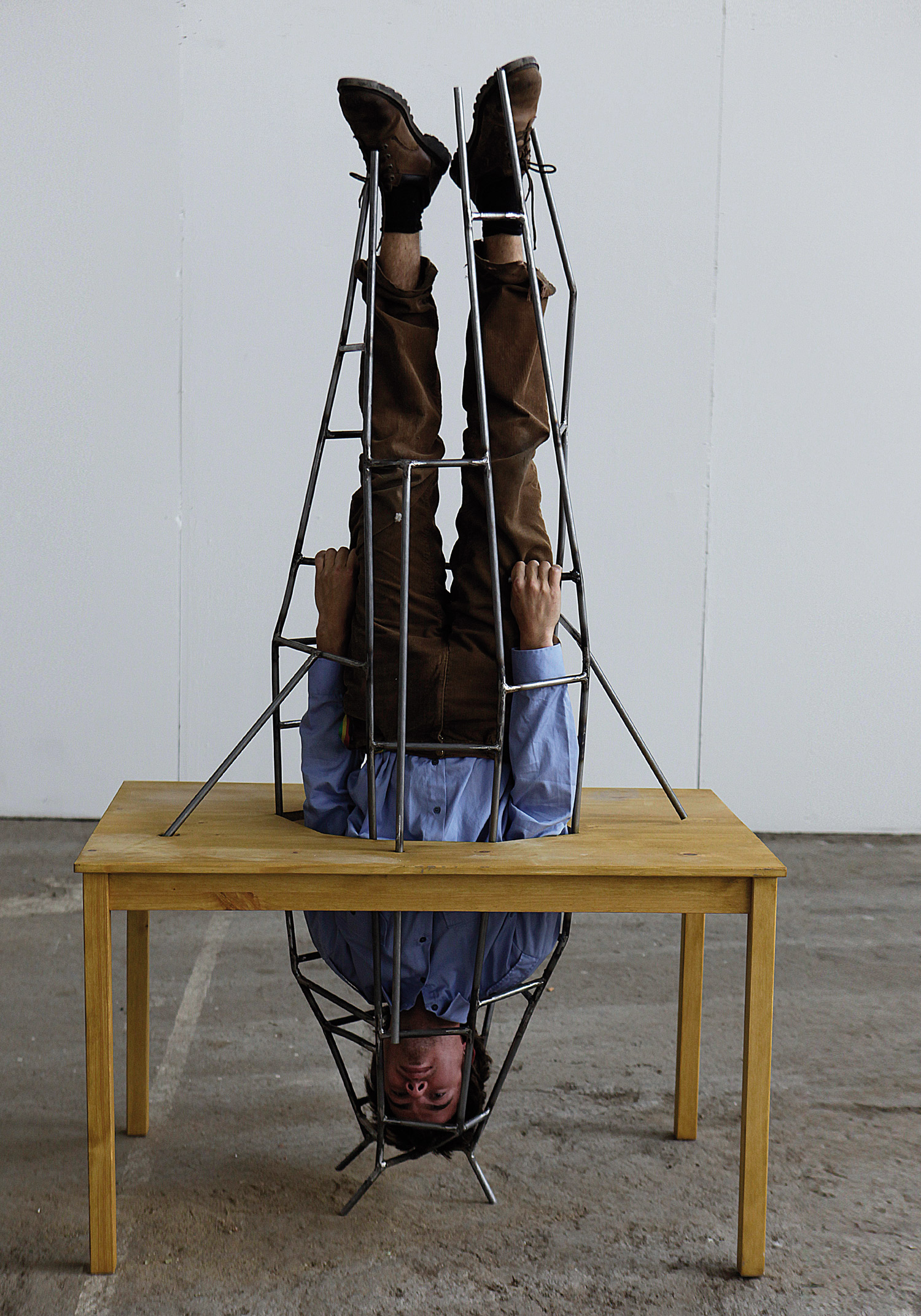
Danae Mossman: In what ways does your work engage with the notion of individual agency amid the brand and ‘lifestyle’ driven market place that saturates our urban environment and consciousness?
Ester Partegàs: For me working is the way of having my say in the midst of our market-driven culture. My practice responds to a very intimate and primary necessity to be an active part of society, and I understand my work as a subjective insertion.
DM: You wrote once that your work was an “attempt to rescue the ‘everyday’ in all its versatility and conflicting meanings.” You use immediately familiar, often banal, forms or representations of places that are immediately recognizable. What influenced you and led you to choose these often very seductive forms?
EP: It is of course not a conscious decision and it is hard to know what the exact influences are. But two very important artists that affected me very early on were Salvador Dalí and Andy Warhol. Dalí is a huge part of the Catalan culture I belong to and I have been completely fascinated by his multifaceted practice since I was a child. I especially liked how he infused magic and poetry into the most banal of objects. In Warhol I found a very straightforward artist whose visual language matched the times in which he lived.

DM: Your recent work Ooze (2009) seems to engage in the fissures of urban spaces we occupy. A silhouette magnifies an industrial wasteland and detritus on what appears to be a defiled minimalist form, broken in parts. What are you exploring through the conflation of urban space and nature in this work?
EP: In Ooze I am interested in the periphery, in what marks a borderline between the civilized and the wild. This aspect often appears in my work as garbage or detritus. Here I explore the urban limits such as fences delimiting a parking lot, barriers surrounding an empty parcel, leftover terrain, etc. For me, it is not so much a physical limitation but a social convention that calls those areas dangerous, dirty, indecent or not important. Something very subtle happens there, in that borderline, which tells about who we are and how we construct ourselves socially. It is a space of interdiction and fear, but also of modest wildlife, unrestrained and uninhibited life.
DM: What are you working on right now?
EP: I am still experimenting with the same materials and ideas of Ooze; I am making more Oozes in different formats. My work seems to happen in what I call units of thought, which translate as series, so I am still in the “Ooze mood” now. If you refer to more practical matters, I will be having shows in September 2010, at Foxy Production and Christopher Grimes.





